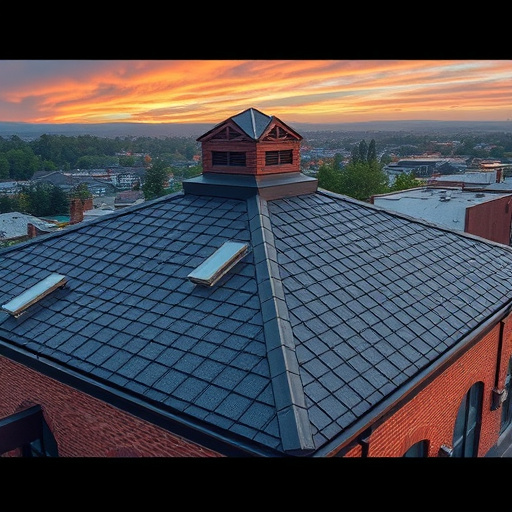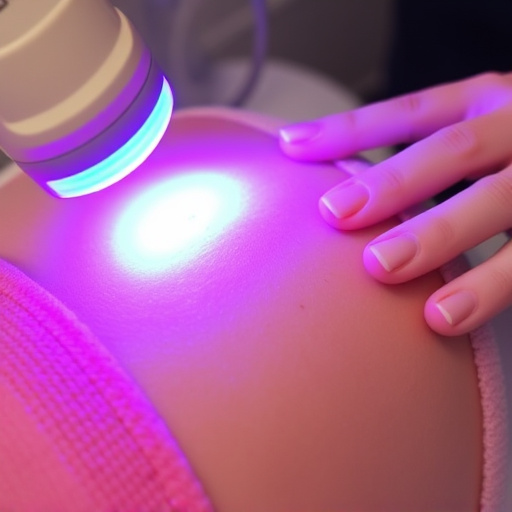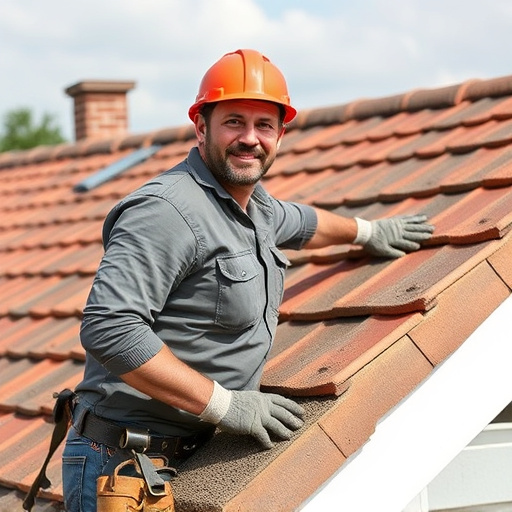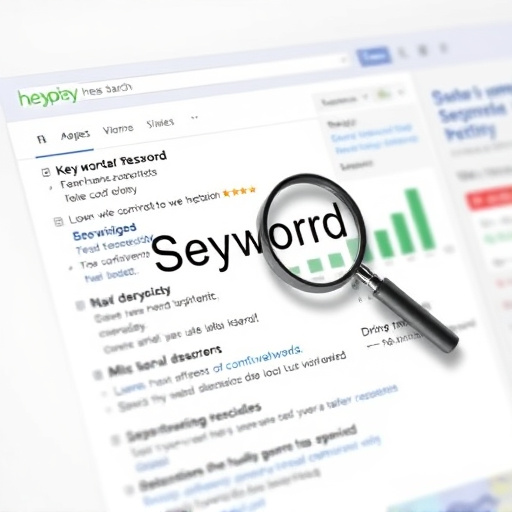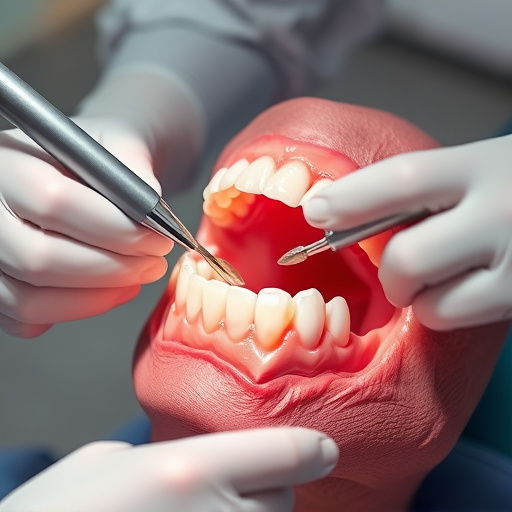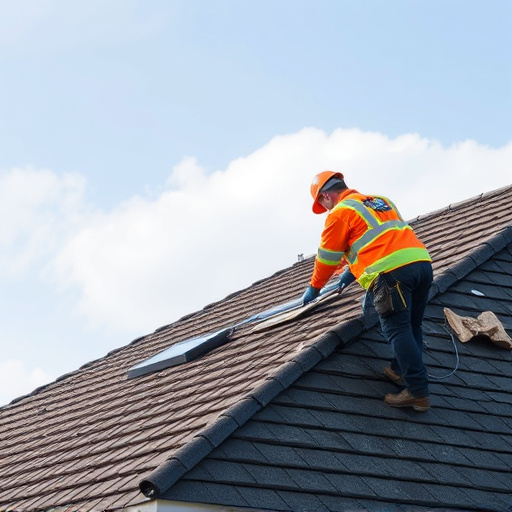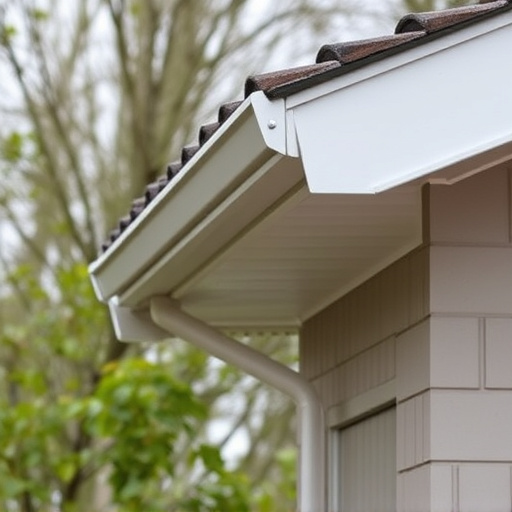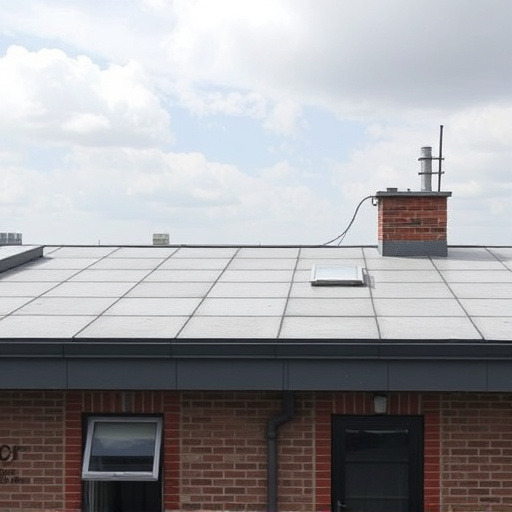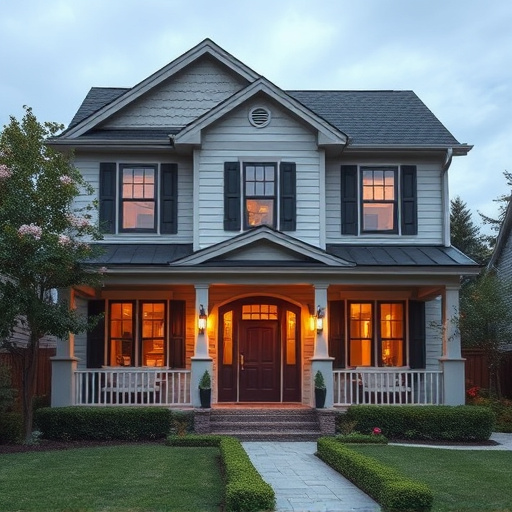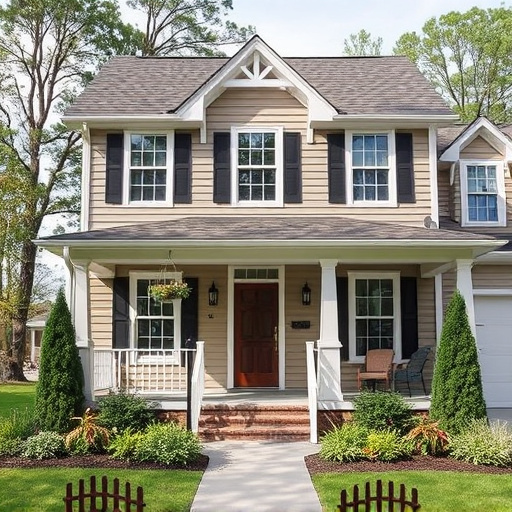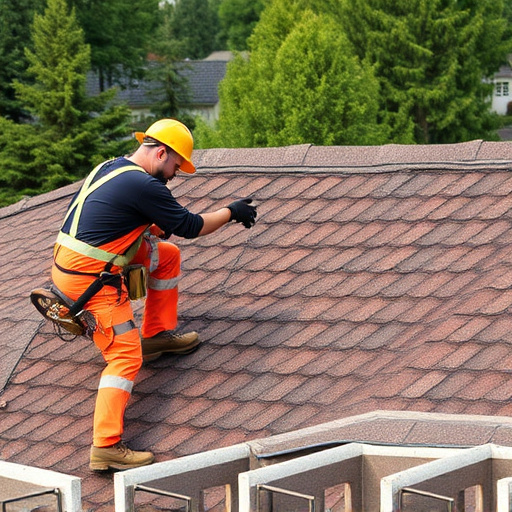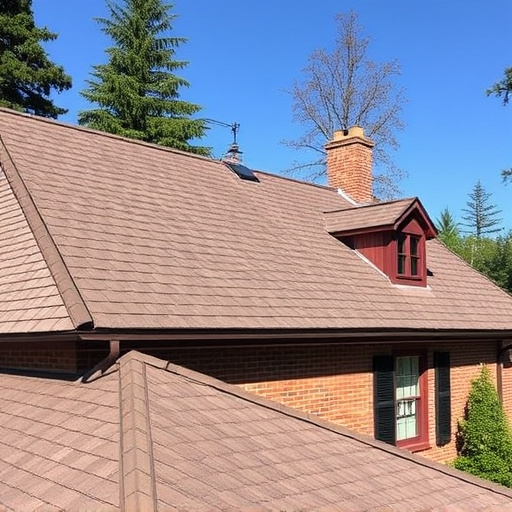A siding upgrade strengthens your home's defense against weather and moisture, reducing insurance risks and claims. Investing in durable materials and professional installation lowers premiums, saves on repairs, and boosts energy efficiency. The impact varies based on material choice and overall home protection, with significant upgrades offering the most substantial savings.
Siding upgrades aren’t just about enhancing your home’s curb appeal; they can significantly impact your insurance rates. This article delves into the intricate connection between exterior cladding and property insurance, revealing how smart upgrades can lead to substantial cost savings. We explore strategies to lower your home insurance costs through siding improvements, while also shedding light on key factors influencing these changes. Get ready to unlock the potential of a siding upgrade and fortify both your home and wallet.
- Understanding the Connection Between Siding and Insurance
- How Upgrades Can Lower Your Home Insurance Costs
- Factors Influencing the Impact of Siding Upgrades on Insurance Rates
Understanding the Connection Between Siding and Insurance
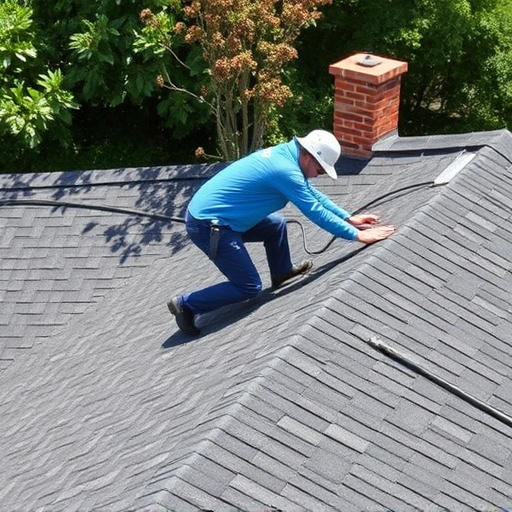
When considering a siding upgrade, homeowners often wonder about its impact on their insurance rates. The connection between your home’s exterior and insurance costs might not be immediately apparent, but it’s a significant factor. Insurance companies view siding as a crucial component of a home’s overall structural integrity and protection against the elements. A well-maintained, high-quality siding acts as a barrier against storm damage, moisture intrusion, and extreme temperature fluctuations—all of which can lead to costly repairs if left unchecked.
In light of this, a siding upgrade can indirectly influence your insurance rates. Modern siding materials, such as durable vinyl or fiber cement, are designed to withstand harsh weather conditions better than traditional options. By investing in these upgrades, you’re not just enhancing the aesthetic appeal of your home; you’re also improving its storm resistance and overall resilience. This reduction in potential risk can translate into lower insurance premiums over time, especially if you live in an area prone to severe weather events like storms or hurricanes. Additionally, when considering roofing services or storm damage repair, a well-installed siding can facilitate faster recovery processes, potentially saving you from higher insurance costs associated with prolonged repairs or replacements.
How Upgrades Can Lower Your Home Insurance Costs
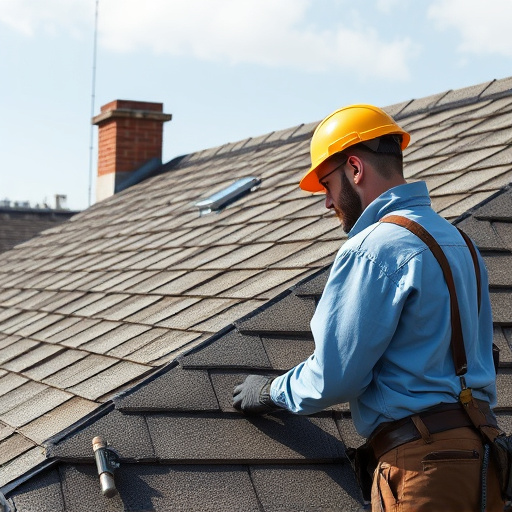
When considering a siding upgrade for your home, it’s beneficial to understand the potential savings it can bring to your insurance costs. Many homeowners are surprised to learn that investing in quality materials and professional siding installation can result in lower premiums. Insurance companies view well-maintained homes as less of a risk, which often translates to better rates for policyholders. For instance, a siding upgrade can enhance your home’s overall resilience against extreme weather conditions like strong winds and heavy rainfall. Traditional siding may be more susceptible to damage, leading to costly repairs or replacement. However, modern siding options, when installed by roofing solutions professionals, offer superior protection, reducing the likelihood of insurance claims related to exterior damage.
Moreover, a comprehensive siding and gutters upgrade can improve your home’s energy efficiency. Professional siding installation often includes sealing gaps and cracks, preventing heat loss during colder months and keeping the interior cool in summer. This reduction in energy usage is another factor that insurers consider when calculating premiums. As such, a siding upgrade not only enhances your home’s curb appeal but also contributes to significant long-term savings on your home insurance policy.
Factors Influencing the Impact of Siding Upgrades on Insurance Rates
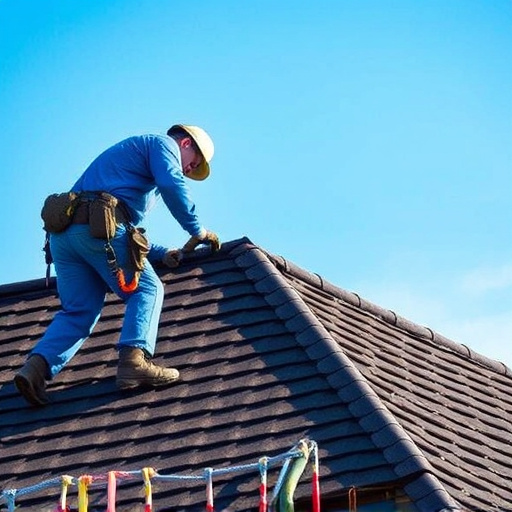
When considering a siding upgrade, homeowners often wonder about the potential impact on their insurance rates. Several factors play a significant role in determining how much your insurance costs may change after such an improvement. First and foremost, the type of siding material you choose is crucial. Different materials have varying levels of durability and resistance to weather conditions, which directly influence your risk profile as a homeowner. For instance, installing high-quality, impact-resistant siding can significantly reduce the chance of damage from storms or severe weather events, potentially leading to lower insurance premiums.
Additionally, the cost of the upgrade matters. Insurance companies often view more substantial investments in home improvements as an indication of increased property value and better maintenance. This perception can result in reduced rates over time. However, if your siding repairs are purely cosmetic or minor, the impact on your insurance might be minimal. It’s also essential to consider the overall condition of your residential roofing system. Roofing solutions that complement the new siding can enhance your home’s protection, making it less vulnerable to water damage and other issues, which in turn could lower your insurance costs.
A siding upgrade can significantly impact your home insurance rates, with potential cost savings depending on various factors. By enhancing your home’s exterior protection and curb appeal, you may qualify for reduced premiums. Remember, before making any upgrades, it’s essential to communicate with your insurance provider to understand how these changes will affect your policy, ensuring you maximize the benefits of your siding upgrade investment.
